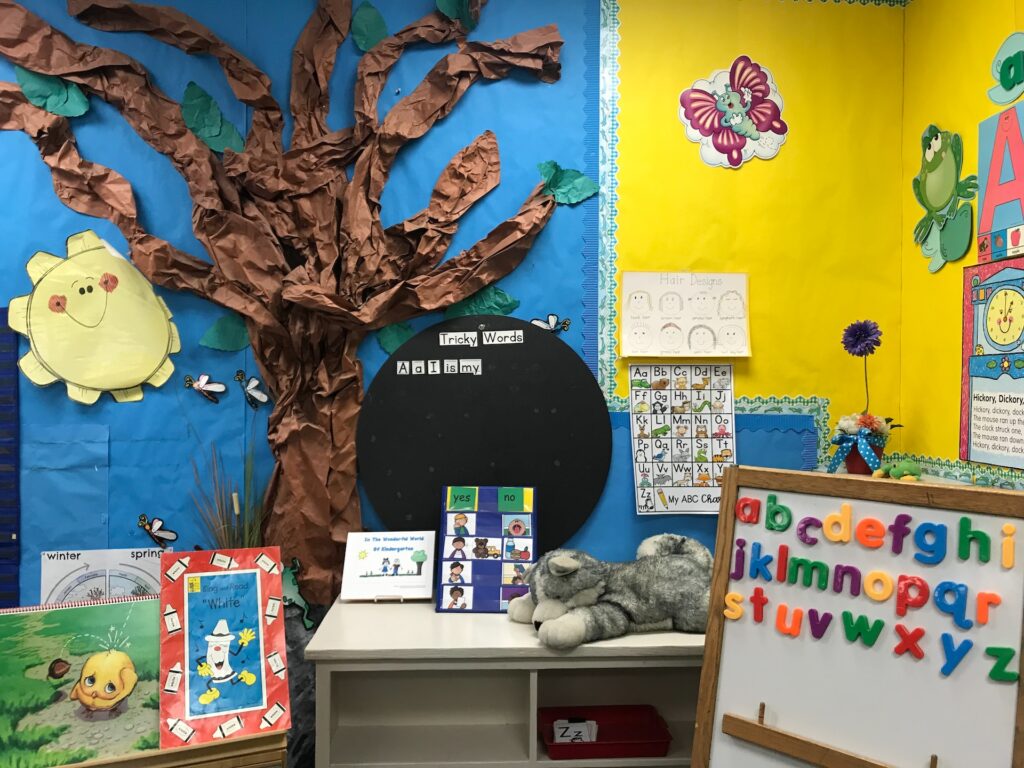Mandarin is the common language of Chinese, Online mandarin learning also!
On November 24, 2001, the Putonghua Education Research and Development Center of the Chinese University of Hong Kong held a Putonghua Education Forum. Two business friends were invited to host a short speech;
Mr. Wang Wei of the group. Mr. Wu told everyone this experience: Recently, when he went to Xingma for business, the local Chinese like to talk to him in Mandarin (Mandarin), thinking that it is kind enough and it is easy to establish a relationship of mutual trust.
Mr. Wu also said that some talents who came back from the United States and Canada to Hong Kong, or professionals who lost their jobs due to layoffs, partly regretted that they could not catch the economic express train of China’s accession to the WTO because of their poor Mandarin. Based on his experience in job hunting and service in the Mainland,
Mr. Wang told us that Mandarin has opened up his career, won the trust of clients, and established a good cooperative relationship.
The son of one of my colleagues had just returned to Hong Kong from a vacation at the University of Melbourne in Australia, and he couldn’t wait to ask his mother to find a Mandarin teacher for him.
Native language rights are a beautiful misunderstanding

“Mother tongue” is the language learned from the mother, and it is usually the family language. When it comes to the benefits of the mother tongue, anyone can cite a lot: comfort, naturalness, kindness, etc.
so it is no wonder that some people think that the mother tongue is a basic human right, and even insist on the mother tongue Education, and in Hong Kong, a Cantonese community, learning Cantonese is a matter of course.
It’s a pity that the so-called “native language teaching” in Hong Kong is just a misunderstanding: we speak Cantonese, but read and write standard written language, and it is difficult for Hong Kong people to fully accept Cantonese.
This phenomenon of separation of language and writing is projected on education, which does not meet the requirements of mother tongue teaching. It can be said that mother tongue teaching has never been really implemented in Hong Kong.
why?
The reason is that family language, communication language, working language, academic language and teaching language are often not integrated.
Facts tell us that language policy and teaching language policy are determined by factors such as politics, economy, culture and the user population, not by personal factors. Love and hate and transfer.
English as the teaching language is conducive to creating an environment for language learning and comprehensively improving students’ English proficiency.
The use of Putonghua as the medium of instruction has the same assumptions as the use of English as the medium of instruction.
If we are not worried that teaching Chinese in English will weaken students’ Chinese ability and hinder their understanding of Chinese culture, we are worried that teaching Chinese in Mandarin will affect dialect culture. This is a double standard.
Those who oppose teaching Chinese in Putonghua think that the teaching of Putonghua and Chinese subjects are two different things.
This phenomenon of separation of language (Mandarin) and Wen (modern Chinese written language) is the reality of Chinese teaching in Hong Kong and the result of long-term maintenance of dialect teaching, but it does not adapt to the current social development. Let’s think about it: What is the main goal of Chinese teaching?
Isn’t it to help students master the ability to listen, speak, read and write standard language?
Is Chinese teaching that cannot help students complete standard language education considered effective Chinese teaching?
Putonghua is currently an independent subject, and it is difficult to play its role under limited resources and conditions.
We should look at the planning of Online mandarin learning as a whole, make reasonable arrangements for the long-term development needs of students, and let Chinese teaching realize its due goals.
However, the language skills and creativity of Hong Kong students have always been criticized, and they may not necessarily surpass those in Beijing, Shanghai, and Taiwan. Putonghua and Cantonese belong to the same Chinese system and share a common written foundation, but they differ greatly in pronunciation, spoken grammar and vocabulary.
Many schools that are currently teaching Chinese in Putonghua told us that after one or two months, students can already understand the teacher’s Putonghua explanations, and some students can’t keep up verbally. It does not mean that their minds are not active.
This generalized observation ignores the fact that language listening, speaking, reading, and writing do not necessarily develop simultaneously.
In recent years, there has been a saying in the education circle: In the Putonghua community, there are people who can speak Mandarin but have very poor reading and writing skills.
Therefore, it is not necessarily true that teaching Chinese in Putonghua can improve students’ Chinese ability. Teaching Chinese in Mandarin is indeed not the only effective way to improve students’ Chinese ability, but students should listen to and speak more Mandarin.
Is it possible to evaluate Chinese ability by only reading and writing indicators, or adding an indicator of Cantonese ability?
From 1997 to the present, we have done several surveys, and we have also visited the classroom many times to discuss with teachers and students the issue of teaching Chinese in Putonghua.
According to the responses of teachers and students, teaching Chinese in Putonghua has brought the following benefits: improving the ability of listening and speaking of Putonghua, enhancing the ability to express standard written language, enhancing the language sense of modern Chinese, and increasing the interest in learning Chinese styles.
In particular, the earlier the teaching of Mandarin is started, the better the students’ Mandarin ability will be developed. We believe that language ability is affected by many factors, including intelligence, motivation, language habits, learning patterns, etc.
Therefore, we do not agree that teaching Chinese in Putonghua can greatly improve the Chinese level of local students and completely solve the problem of language education.
Under the simultaneous planning of oral education, at least the distance between the two has been shortened, so that students can develop their standard oral English ability early and avoid repeating the painful experience of adults learning language.
If the listening and speaking ability is not developed in time, it will cause great obstacles to communication.
If a student’s Mandarin ability has matured in primary and junior high school, we can shorten the Mandarin curriculum, saving useful time and resources for Online mandarin learning.



















